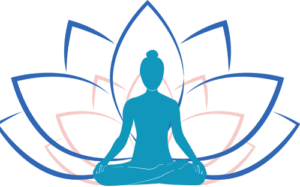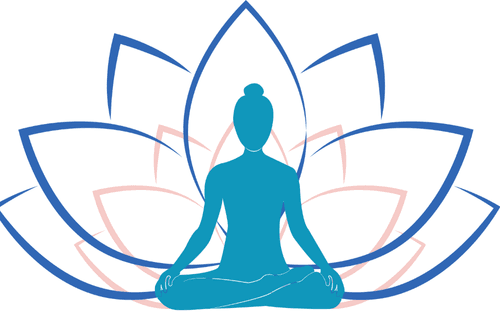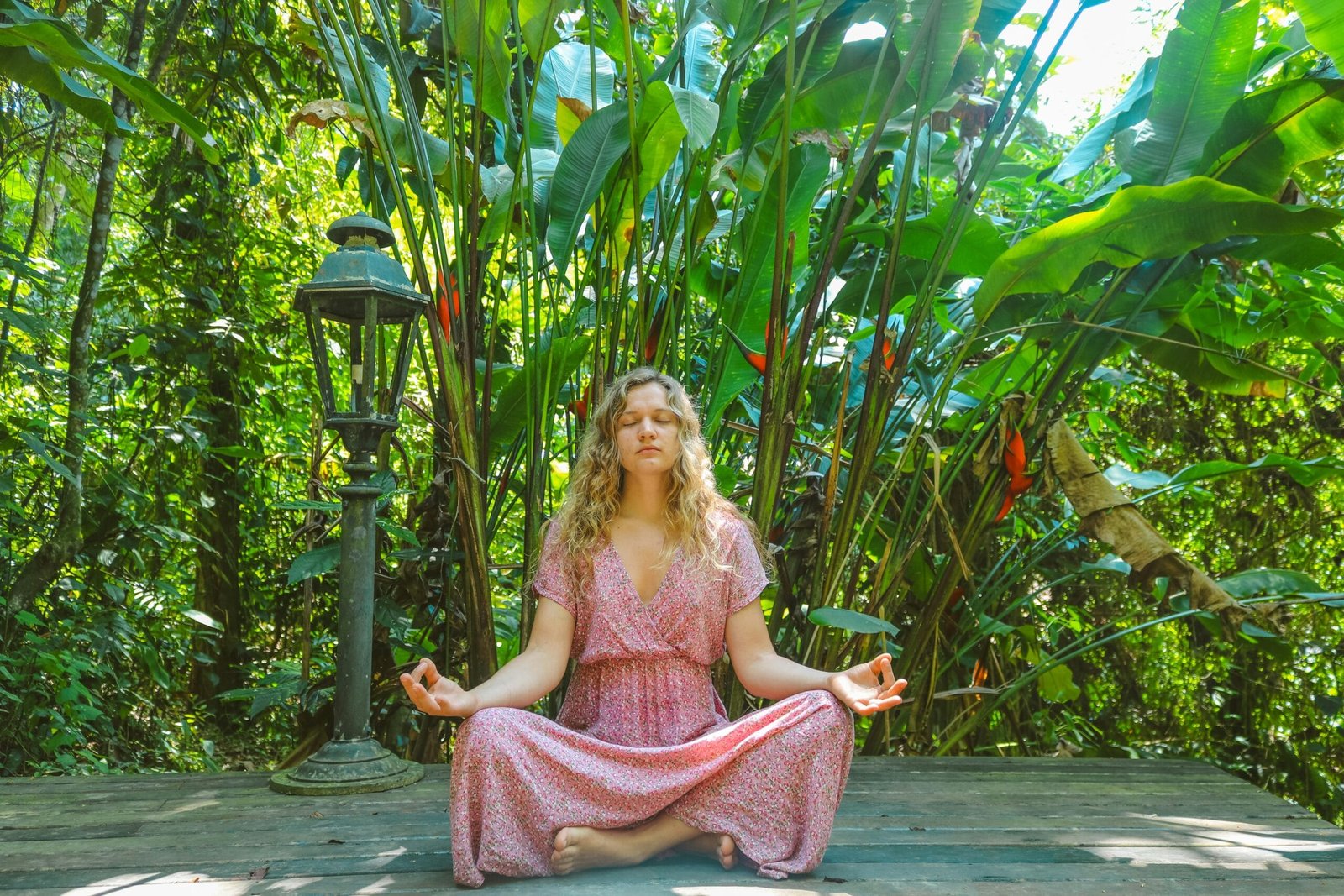Tips and Good Practices for Proper Meditation
Understanding Meditation
Meditation is an ancient practice that has evolved over thousands of years, serving various cultural, spiritual, and psychological purposes. Its origin can be traced back to spiritual traditions in India over 5,000 years ago, with roots in Hinduism, Buddhism, and other philosophies. Today, this practice is widely recognized not only for its spiritual benefits but also for its psychological and physiological advantages. The primary purpose is to cultivate a deep state of relaxation and a tranquil mind, fostering a heightened awareness of the present moment.
Throughout history, different types of meditation have emerged, each promoting unique practices and benefits. One widely practiced form is mindfulness meditation, which emphasizes being present and aware of one’s thoughts, feelings, and sensations without judgment. This approach encourages practitioners to observe their mental events in a non-reactive manner, leading to a better understanding of oneself and reducing stress levels.
Transcendental meditation (TM) is another popular technique characterized by the use of a specific mantra. Practitioners of TM are instructed to silently repeat a particular sound or phrase, which helps the individual settle into a profound state of relaxation and clarity. This method can lead to decreased anxiety and promote a sense of inner peace, making it appealing for those seeking mental calmness in their daily lives.
Guided sessions assign a facilitator to lead practitioners through visualization techniques, often accompanied by soothing music or sounds. This style is beneficial for beginners, as it provides direction and support. The common goal of these varied practices is to enhance self-awareness, cultivate emotional stability, and promote overall well-being, laying the groundwork for a more fulfilling life.
Creating the Perfect Meditation Space
Establishing an ideal meditation space is crucial for cultivating a conducive environment that promotes relaxation and mindfulness. To begin with, selecting a quiet location within your home or any space where disturbances are minimal is essential. This area should be free from interruptions, allowing you to focus solely on your meditation practice without external distractions.
Equally important is maintaining a comfortable temperature in your meditation space. Whether you prefer a warmer or cooler environment, find a balance that allows you to feel at ease. Adequate ventilation can also contribute to a positive atmosphere, helping you feel refreshed and alert during your session.
Incorporating elements that enhance tranquility can significantly elevate your meditation experience. Soft lighting, such as candles or dimmable lamps, can create a soothing ambiance, promoting relaxation. Additionally, consider using calming scents through essential oils or incense; fragrances like lavender or sandalwood have been known to alleviate stress and improve focus.
Personalizing your meditation space can make it even more inviting. Decorative items, such as plants, crystals, or artwork that resonates with you, can instill a sense of peace. Furthermore, setting up comfortable seating, whether it be a cushion or a chair, can help align your posture while providing comfort throughout your practice.
Another practical tip is to limit electronic devices within this space to ensure a distraction-free zone. This helps create a mental association between the area and your meditation routine, both mentally and physically fostering a sense of commitment to your practice.
By thoughtfully considering these elements, you can create a perfect meditation space that encourages relaxation and concentration, ultimately enhancing the overall effectiveness of your meditation journey.
Establishing a Routine
Creating a consistent routine is fundamental for fostering a successful practice. To begin, it is essential to set achievable goals for your sessions. This could mean starting with just five minutes each day and gradually increasing the duration as you become more comfortable with the activity. Setting small, realistic objectives allows you to create a sense of accomplishment without feeling overwhelmed.
One of the key benefits of practicing at the same time every day is that it helps to embed the activity into your daily life, making it easier to commit to. Whether it is early in the morning, during your lunch break, or before bed, choosing a consistent time can signal to your body and mind that it is time to center yourself. This reinforces the habit and can enhance the overall experience, leading to deeper relaxation and greater mindfulness.
As you progress, you may want to gradually increase the length of your sessions. This slow buildup encourages adaptation to longer durations, making it more likely that you will stick with the practice. Listening to your body and mind is crucial; if you feel discomfort or restlessness, it may be helpful to maintain a shorter duration while finding a rhythm that feels right for you.
Common obstacles, such as a busy schedule or feelings of restlessness, can deter individuals from establishing a routine. However, integrating this practice into your daily life does not have to be daunting. Consider incorporating shorter, mindful moments during the day—deep breathing while commuting or a minute of stillness before meals can be beneficial. By recognizing that even brief sessions can be impactful, you can alleviate the pressure often associated with longer practices. This gradual approach will help you develop a sustainable routine that enhances your well-being.
Techniques and Tips for Effective Meditation
This practice is a versatile one, encompassing various techniques that cater to different preferences and goals. One beneficial approach is the body scan, which involves systematically bringing attention to each part of the body, enhancing bodily awareness and relaxation. This method helps practitioners foster a deeper connection with their physical selves, promoting mindfulness and alleviating stress. To practice, find a comfortable position, close your eyes, and consciously focus on each segment of your body, starting from your toes and gradually moving up to your head.
Loving-kindness meditation, or “Metta” practice, is another powerful technique. This form encourages the cultivation of compassion toward oneself and others. Practitioners usually repeat phrases such as “May I be happy, may I be healthy,” gradually extending those sentiments to friends, family, and eventually all beings. This practice not only fosters emotional resilience but also nurtures a sense of interconnectedness with the world.
Breath awareness is one of the simplest yet most effective techniques. Concentrating on the natural flow of breath can keep the mind anchored in the present moment. To enhance your focus during breath awareness, consider counting your breaths, inhaling deeply for a count of four, holding for a count of four, and exhaling for a count of six. This structured approach aids in minimizing distractions, while also promoting relaxation.
To deepen your practice, it is essential to establish a conducive environment. Choose a quiet space, free from interruptions. Additionally, incorporating short sessions into your day can gradually build your focus and discipline, making longer durations more manageable over time. Experimenting with different techniques helps determine what resonates best with you. Ultimately, the key to effective practice lies not in the perfection but in the consistency and intention behind it.



